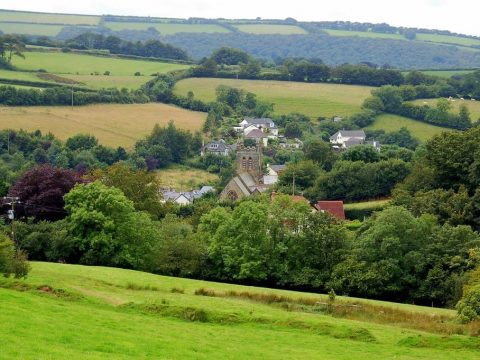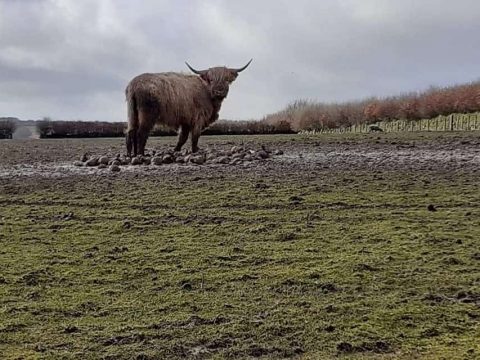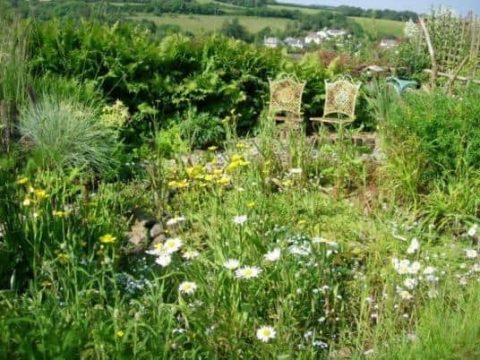




Historic Exmoor Villages
Parracombe
Recorded in the Doomesday Book, the sleepy village of Parracombe lies nestled among the rolling hills of Exmoor, just three miles south of Lynton & Lynmouth. The village features two churches, Christ Church and St. Petrocks.
Parracombe Water Mill
The water mill which was used in the production of cloth. The water wheel raised water to power large wooden mallets that pounded the cloth in troughs filled with fullers earth and water, a process designed to thicken the material.
Lynton & Barnstaple Railway and Woody Bay Station
Take a ride on the narrow gauge railway at Woody Bay Station, located just outside Parracombe. Running on just over a mile of track, the railway has plans to extend to nearby Blackmoor Gate.
Martinhoe
Nearby Martinhoe is a small hamlet which lies close to the South West Coast Path. The grade-II listed church of St. Martins was built around the late-13th or early 14th century.
A Roman beacon fortlet is located closeby and was occupied in the first century AD which can be easily accessed from the coastal path towards the Heddon Valley.
The Heddon Valley & Hunter’s Inn
Owned and managed by the National Trust, the Heddon Valley is a unique habitat for some of Britain’s rarest wildlife.
High Brown Fritillary Butterfly
The Heddon Valley is one of only four sites in the U.K. where this butterfly can be found in good numbers. The National Trust are involved in much of the conservation work to ensure their habitat is maintained. This is also beneficial to many other butterfly species, and many can be seen on the walk down to the beach at Heddon’s Mouth.
Find out more
Local facilities
Parracombe
- Playing field
- Public Toilets
- Village Hall
Martinhoe
- Village Hall
Heddon Valley
- National Trust Gift Shop
- Public Toilets
- Car Park
- Local Walks
- Local Pubs & Hotels

